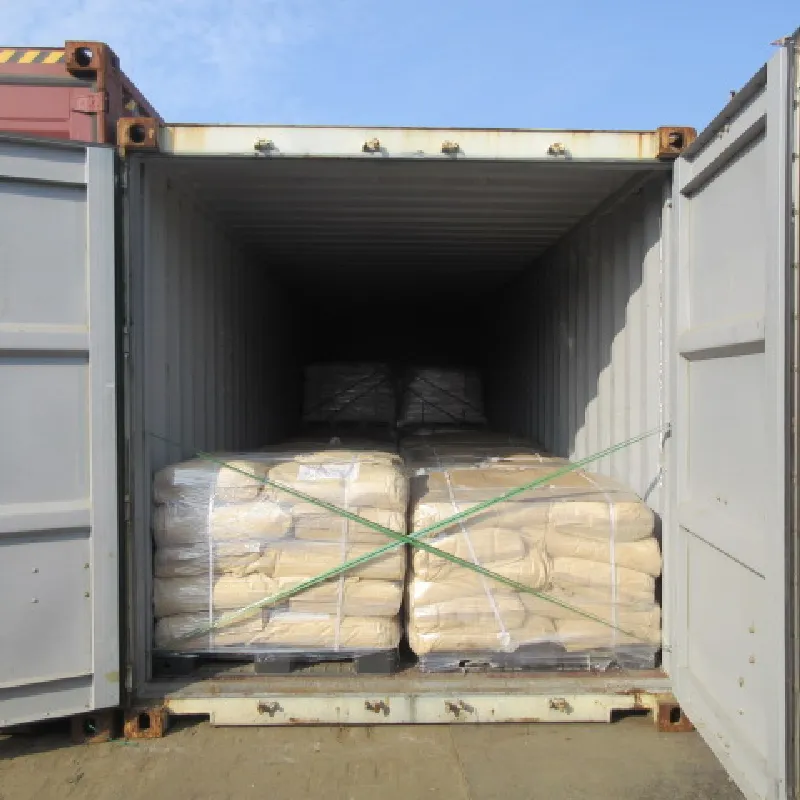
Exploring the Relationship Between Formaldehyde and Formic Acid in Chemical Reactions
Formaldehyde and Formic Acid A Comprehensive Overview
Formaldehyde and formic acid are two significant chemical compounds that play crucial roles in various industrial and biological processes. Though both are related in their presence in biological systems and industrial applications, their structures, properties, and uses offer a fascinating insight into the realms of chemistry.
Formaldehyde Structure and Properties
Formaldehyde (CH2O) is a simple aldehyde that is colorless and has a pungent odor. As one of the simplest forms of carbonyl compounds, it consists of a carbon atom double-bonded to an oxygen atom and single-bonded to two hydrogen atoms. This compound is highly soluble in water and has a high affinity for forming polymeric structures, which means it can readily react with itself and other compounds. Its reactivity stems from the carbonyl group, making it a crucial intermediate in many organic synthesis processes.
Formaldehyde is commonly used in the production of resins, plastics, and various industrial chemicals. It holds significant importance in manufacturing wood products, such as particleboard and plywood, where it is used in adhesives. Additionally, formaldehyde is utilized in the production of textiles, paper, and agricultural chemicals. One of its key applications is in preserving biological specimens, as it functions as a potent disinfectant and tissue-hardening agent.
Formic Acid Structure and Properties
Formic acid (HCOOH), on the other hand, is the simplest carboxylic acid. This compound comprises a carbon atom that is double-bonded to an oxygen atom, single-bonded to a hydroxyl group (-OH), and single-bonded to a hydrogen atom. Formic acid is a colorless liquid with a distinctive pungent odor, and like formaldehyde, it is highly soluble in water.
formaldehyde and formic acid

Formic acid is produced naturally by ants, hence its name, which originates from the Latin word formica, meaning ant. In nature, formic acid acts as a defense mechanism for these insects. Industrially, it serves a variety of purposes, including use as a preservative in feedstock, in dyeing and tanning processes, and as a reducing agent in various chemical reactions. Furthermore, formic acid is essential in the production of methanol and is utilized in the textile and leather industries.
Interrelation of Formaldehyde and Formic Acid
The significance of formaldehyde and formic acid extends beyond their individual applications. They are interrelated, as formic acid can be derived from formaldehyde oxidation under certain conditions. This points to the dynamic nature of chemical reactions, wherein compounds can transform based on environmental factors and reactants present.
Despite their utility, both compounds require careful handling. Formaldehyde is classified as a potential carcinogen, and exposure can lead to various health issues, warranting strict safety regulations in industrial settings. Formic acid, while less toxic, can still cause irritation and harm, emphasizing the need for safety precautions in its use.
Conclusion
In conclusion, formaldehyde and formic acid are distinct yet interconnected chemical compounds with important roles in various fields, including industry, biology, and environmental science. Understanding their properties, applications, and the relationships between them provides valuable insight into the intricacies of chemistry and highlights the need for responsible management of these substances. As we advance in our knowledge and technology, the ability to harness the benefits of formaldehyde and formic acid while mitigating risks will remain a vital pursuit in the scientific community.
-
Nitrile Rubber Honoring Strict Production StandardsNewsAug.22,2025
-
Aspartame Ingredients Honoring Food Safety ValuesNewsAug.22,2025
-
Fertilizer for Balanced Plant NutritionNewsAug.22,2025
-
Cyanide Gold Processing with High Purity AdditivesNewsAug.22,2025
-
Formic Acid in Textile Dyeing ApplicationsNewsAug.22,2025
-
Aluminum Hydroxide Gel in Skincare ProductsNewsAug.22,2025
-
Regulatory Compliance for Global Mining Chemicals UseNewsAug.12,2025
Hebei Tenger Chemical Technology Co., Ltd. focuses on the chemical industry and is committed to the export service of chemical raw materials.
-

view more DiethanolisopropanolamineIn the ever-growing field of chemical solutions, diethanolisopropanolamine (DEIPA) stands out as a versatile and important compound. Due to its unique chemical structure and properties, DEIPA is of interest to various industries including construction, personal care, and agriculture. -

view more TriisopropanolamineTriisopropanolamine (TIPA) alkanol amine substance, is a kind of alcohol amine compound with amino and alcohol hydroxyl, and because of its molecules contains both amino and hydroxyl. -

view more Tetramethyl Thiuram DisulfideTetramethyl thiuram disulfide, also known as TMTD, is a white to light-yellow powder with a distinct sulfur-like odor. It is soluble in organic solvents such as benzene, acetone, and ethyl acetate, making it highly versatile for use in different formulations. TMTD is known for its excellent vulcanization acceleration properties, which makes it a key ingredient in the production of rubber products. Additionally, it acts as an effective fungicide and bactericide, making it valuable in agricultural applications. Its high purity and stability ensure consistent performance, making it a preferred choice for manufacturers across various industries.





